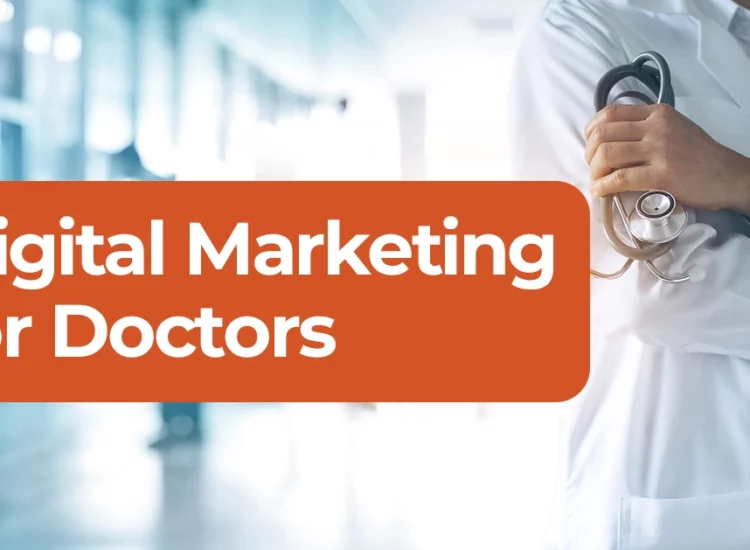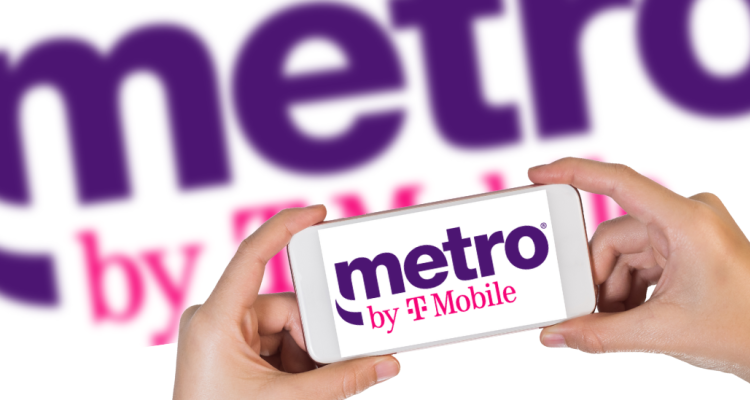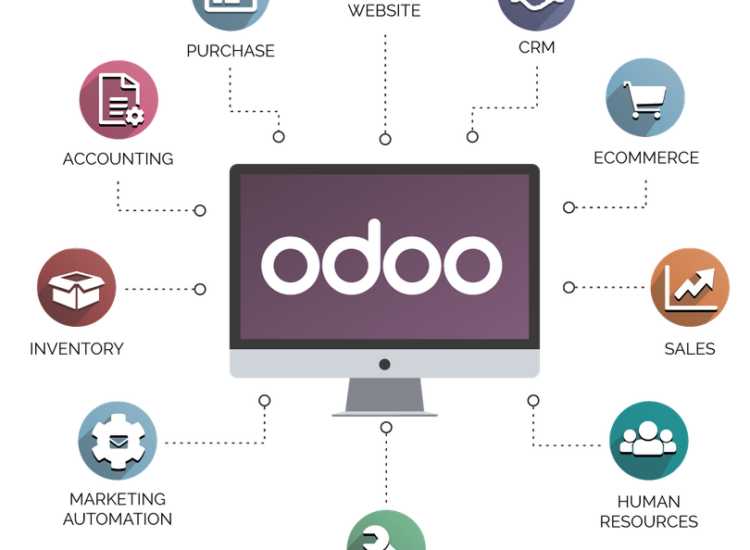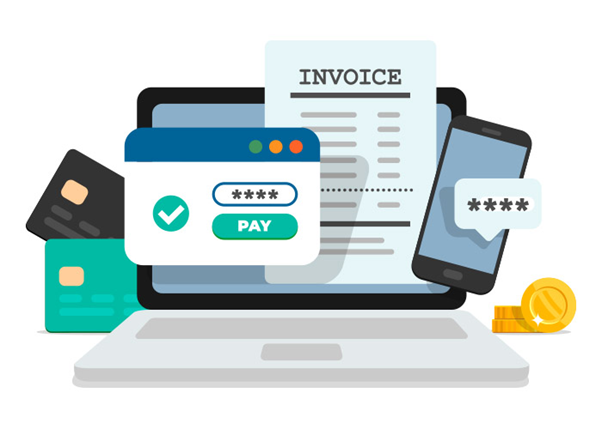In the digital marketing landscape, two strategies dominate the conversation about driving traffic and increasing online visibility—Pay-Per-Click (PPC) advertising and Search Engine Optimization (SEO). Both have unique strengths and weaknesses, and understanding their differences and similarities is crucial for any digital marketer aiming to maximize their online presence.
Toc
Introduction PPC and SEO: A Tale of Two Strategies
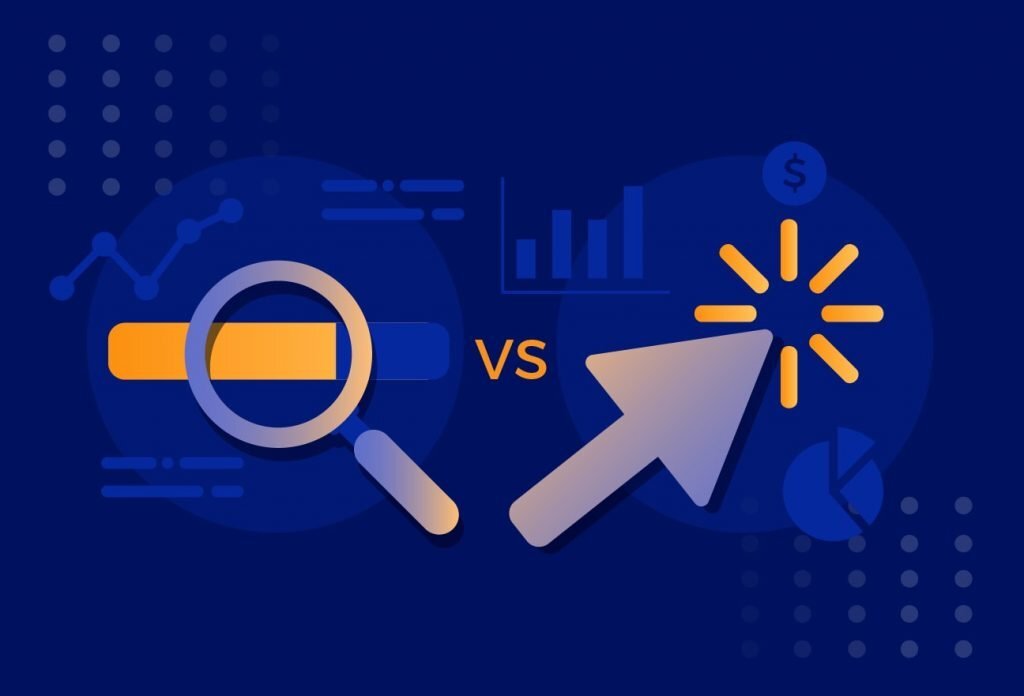
When it comes to digital marketing, two strategies stand out above the rest – PPC advertising and SEO. Both are aimed at driving traffic and increasing online visibility, but they go about it in very different ways. In this article, we will explore these two strategies in depth, highlighting their strengths and weaknesses and discussing when each one is most effective.
What is PPC Advertising?
PPC (Pay-Per-Click) advertising is a form of online advertising where advertisers pay each time their ad is clicked on. This type of advertising typically appears at the top or bottom of search engine results pages (SERPs) and on various websites and social media platforms.
One of the main benefits of PPC advertising is its instant impact. Once an ad campaign is set up, it can start driving traffic to a website immediately. Additionally, PPC allows for precise targeting, as ads can be shown to users based on their location, interests, and even past browsing behavior.
However, one major drawback of PPC advertising is its cost. Advertisers must pay for each click, regardless of whether it results in a sale or conversion. This can quickly add up and become expensive, especially for smaller businesses with limited budgets.
What is SEO?
SEO (Search Engine Optimization) is the practice of optimizing a website to rank higher in search engine results organically. This involves making changes to a website’s content and structure to make it more relevant and authoritative in the eyes of search engines like Google.
One major advantage of SEO is its long-term impact. Unlike PPC advertising, which stops driving traffic once the ad campaign ends, SEO efforts can continue to bring in organic traffic over time. Additionally, SEO can be relatively inexpensive compared to PPC, as it primarily relies on creating quality content and building backlinks.
However, SEO is a long-term strategy that requires ongoing effort and patience. It can take months or even years to see significant results, and changes in search engine algorithms can affect rankings.
Similarities Between PPC and SEO
Despite their differences, there are some similarities between PPC advertising and SEO. Both strategies aim to drive traffic and increase online visibility for a website. They also both utilize keywords to target specific audiences and appear in search engine results pages.
Additionally, both PPC and SEO require regular monitoring and optimization to be effective. Ad campaigns must be constantly monitored and adjusted, while SEO strategies need to adapt to changing search engine algorithms.
When to Use PPC vs. SEO
PPC advertising is most effective for businesses with immediate goals, such as promoting a new product or event, targeting specific demographics, or competing in a highly competitive market. On the other hand, SEO is ideal for businesses looking for long-term growth and sustained online visibility.
In some cases, using both PPC and SEO together can result in a powerful combination. For example, running a PPC campaign while simultaneously implementing SEO efforts can provide both immediate results and long-term benefits.
Differences Between PPC and SEO

To summarize, PPC and SEO may seem similar on the surface as they both aim to drive traffic and increase online visibility. However, their approaches and outcomes differ significantly.
PPC (Pay-Per-Click)
PPC advertising involves paying for ad placements on search engines or other platforms. One of the biggest advantages of PPC is the speed at which it can drive traffic. As soon as a campaign is launched, ads can be displayed to users searching for relevant keywords, generating immediate visibility and clicks. PPC provides greater control over targeting options, allowing marketers to reach specific demographics, locations, and even times of day. However, it can be costly, particularly in competitive industries where bid prices for popular keywords can be high. Additionally, traffic from PPC stops as soon as the budget is exhausted, meaning it requires ongoing investment.
SEO (Search Engine Optimization)
SEO, on the other hand, focuses on optimizing a website’s content and structure to rank higher in organic search results. While it takes longer to see results from SEO compared to PPC, the benefits are often more sustainable. High rankings achieved through SEO can continue to drive traffic long after the initial optimization efforts. SEO strategies include keyword research, on-page optimization, content creation, and building backlinks. Unlike PPC, organic traffic doesn’t incur a direct cost for each click, making it a more cost-effective long-term strategy. However, SEO is also subject to changes in search engine algorithms, and maintaining high rankings can require ongoing attention and adjustments.
PPC vs SEO A Comparative Analysis
Here is a table comparing key factors for PPC and SEO strategies:
| Factor | PPC | SEO |
|---|---|---|
| Speed of Results | Immediate | Slow and steady |
| Cost | High (Pay-per-click) | Relatively low (primarily content creation) |
| Longevity of Results | Short-term, stops when budget runs out | Long-term, can continue to drive traffic over time |
| Targeting Options | Precise targeting based on demographics, location, interests, etc. | Limited targeting options compared to PPC |
| Control Over Placement & Timing | High control over ad placement and timing | Limited control over when website appears in search results |
| Effort Required | Minimal long-term effort after initial campaign setup | Ongoing effort required to maintain rankings |
| Susceptibility to Changes in Algorithms | Minimal impact, mostly influenced by budget and bidding | Changes in algorithms can affect rankings |
| Customization Options | Highly customizable ad content and targeting options | Limited customization compared to PPC |
Overall, choosing between PPC and SEO strategies depends on a business’s goals, budget, and target audience. Both have their strengths and weaknesses, but when used effectively together, they can create a strong online presence and drive significant traffic to a website. So it is important for businesses to carefully consider their marketing objectives before deciding which strategy fits best with their overall marketing plan.
Complementing Strategies Using PPC to Boost SEO Efforts
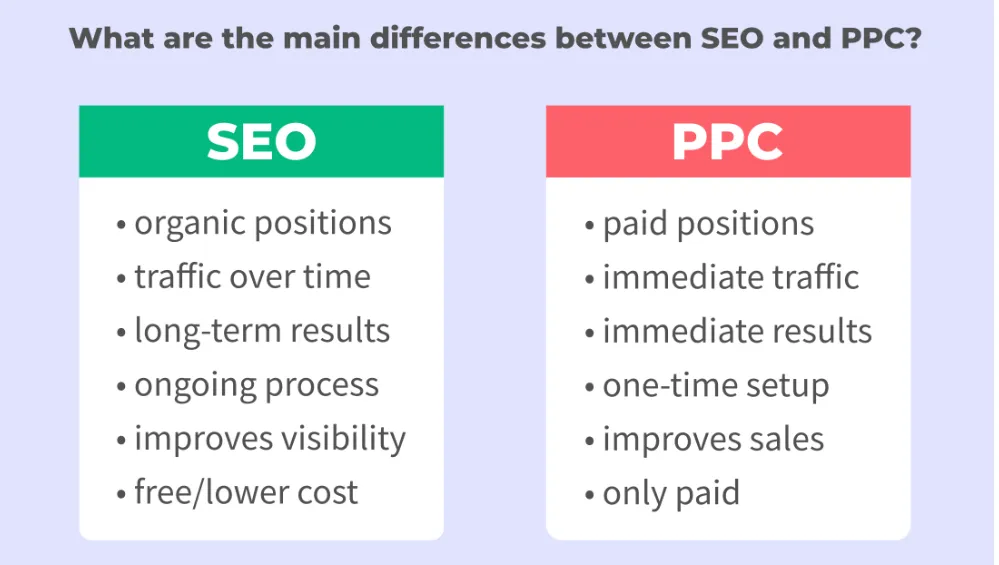
While SEO may be the long-term strategy, PPC can provide an immediate boost to a website’s traffic and visibility. Some ways in which PPC can complement SEO efforts include:
Leveraging Keyword Data
One of the most significant advantages of running PPC campaigns alongside SEO efforts is the ability to gather valuable keyword data. PPC campaigns allow marketers to test and identify high-performing keywords that drive conversions. This data can then be applied to SEO strategies, helping to refine keyword targeting and content creation to better align with user intent. Additionally, PPC keyword performance data can provide insights into seasonal trends and shifts in consumer behaviour, enabling SEO teams to adapt their strategies accordingly.
Enhancing Brand Awareness
PPC campaigns can significantly increase brand visibility in search engine results pages (SERPs), especially when competing for high-traffic keywords. This increased exposure can enhance brand awareness and credibility, which in turn supports SEO efforts. Users who see a brand’s ads more frequently are more likely to trust the brand and click on its organic search results. By maintaining a presence in both paid and organic search results, businesses can create a sense of dominance in their industry, further driving traffic and conversions.
Driving Traffic to High-Value Content
While SEO efforts focus on improving organic rankings and driving traffic over the long term, PPC can be used to immediately drive traffic to high-value content, such as blog posts, whitepapers, or case studies. This can help generate leads, build authority, and even attract backlinks, which are critical components of an effective SEO strategy. By strategically promoting content that aligns with SEO goals, businesses can maximise the impact of both their paid and organic search efforts.
Testing and Refining Messaging
PPC campaigns provide an excellent platform for testing and refining messaging, offers, and calls to action (CTAs). The real-time nature of PPC allows marketers to quickly gauge the effectiveness of different headlines, descriptions, and promotional angles. Once the most compelling messaging has been identified through PPC, it can be applied to SEO content to improve click-through rates (CTRs) and engagement. This iterative process ensures that both PPC and SEO content are continuously optimised for maximum impact.
The Crucial Role of Keyword Research
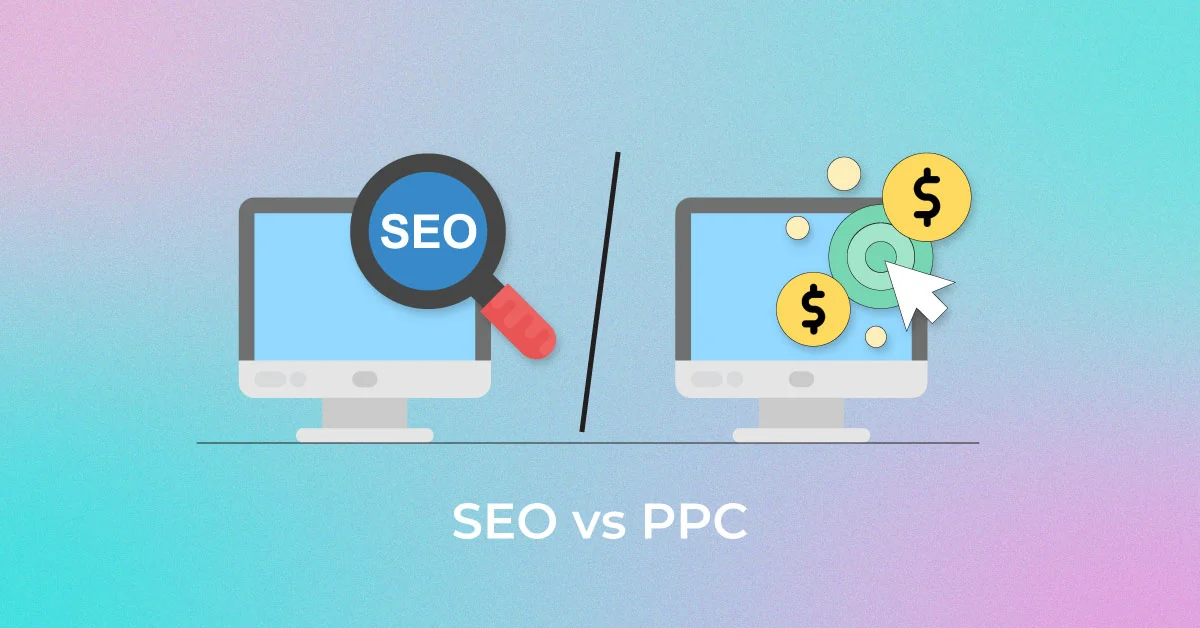
Keyword research is the backbone of any successful SEO and PPC strategy. By understanding which keywords your target audience is using to search for products or services, you can tailor your content and ads to meet their needs more effectively. Comprehensive keyword research involves identifying primary, secondary, and long-tail keywords that are relevant to your business. These keywords should have a good balance of search volume and competition. High-traffic keywords can drive significant visibility, while niche long-tail keywords often result in higher conversion rates due to their specific nature.
Tools for Keyword Research
There are various tools available to assist in the keyword research process, each offering unique insights and functionalities. Google Keyword Planner, SEMrush, Ahrefs, and Moz Keyword Explorer are some of the most popular tools used by marketers. These tools can help you identify keyword popularity, competition levels, and even provide suggestions for related keywords. Using multiple tools in conjunction can offer a more comprehensive view of the keyword landscape.
Importance of User Intent in Keyword Research
Understanding user intent behind search queries is crucial for both SEO and PPC keyword strategies. User intent can generally be categorized into four types: informational, navigational, transactional, and commercial investigation. Informational queries seek knowledge, navigational queries aim to find a specific website, transactional queries indicate a readiness to purchase, and commercial investigation queries are researching products before making a purchase decision. Tailoring your keyword strategy to align with these different intents can help ensure that your content and ads are meeting the needs of your audience at various stages of the customer journey.
By integrating thorough keyword research into both SEO and PPC campaigns, businesses can create more targeted, effective marketing strategies that drive not only traffic but also engagement and conversions.
Content is King Quality Matters in Both Worlds
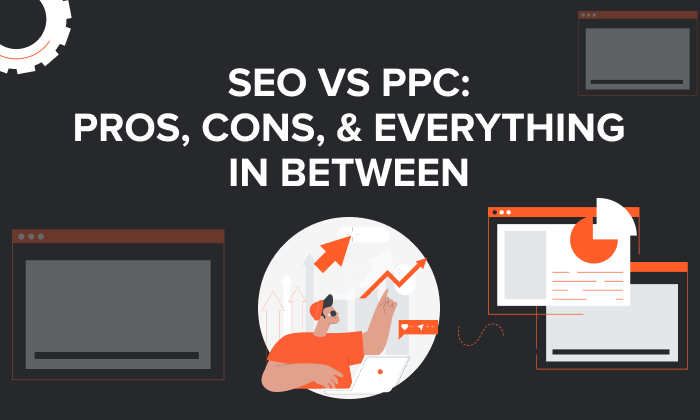
When it comes to digital marketing, the adage “Content is King” remains as relevant as ever. High-quality content is the foundation of any successful SEO or PPC strategy. In the realm of SEO, content serves as the primary medium through which search engines can understand and index a site. Well-crafted, informative content that addresses users’ needs tends to rank higher in search engine results pages (SERPs), driving organic traffic. On the other hand, for PPC campaigns, compelling content can make the difference between a click and a missed opportunity. Advertisements with engaging headlines and persuasive ad copy are more likely to attract clicks and generate conversions.
Crafting High-Quality Content
Creating high-quality content involves a combination of thorough research, clear and concise writing, and relevance to the target audience. Whether it’s an in-depth blog post, an informative article, or a captivating landing page, the content should provide value, answer questions, and guide the user towards a desired action. Furthermore, incorporating multimedia elements such as images, videos, and infographics can enhance the user experience and make the content more engaging.
SEO Content Best Practices
To optimize content for SEO, several best practices should be followed. These include using targeted keywords naturally throughout the text, optimizing meta titles and descriptions, and ensuring headers and subheaders are used effectively to structure the content. Additionally, ensuring the content is original and not duplicated from other sources is crucial, as search engines prioritize unique content. Regularly updating and refreshing content can also keep it relevant and improve its rankings over time.
Quality Content in PPC Campaigns
In the context of PPC, the quality of ad content is paramount. Ads must be concise yet compelling, with a clear call-to-action (CTA) that encourages users to click. The landing page that users are directed to should be highly relevant to the ad, providing a seamless and satisfactory user experience. High-quality content in PPC not only improves click-through rates (CTR) but can also lead to higher Quality Scores in Google Ads, resulting in lower costs-per-click (CPC) and better ad positions.
Measuring Content Performance
Analyzing the performance of content is essential for continuous improvement. Metrics such as page views, bounce rates, average time spent on page, and conversions can provide insights into how users interact with the content. For SEO, tools like Google Analytics and Google Search Console can track organic traffic and identify which pieces of content are driving the most traffic. In PPC, performance data from ad platforms can reveal which ads and landing pages are performing best. By regularly reviewing these metrics, businesses can refine their content strategies to better meet their marketing objectives.
Conclusion
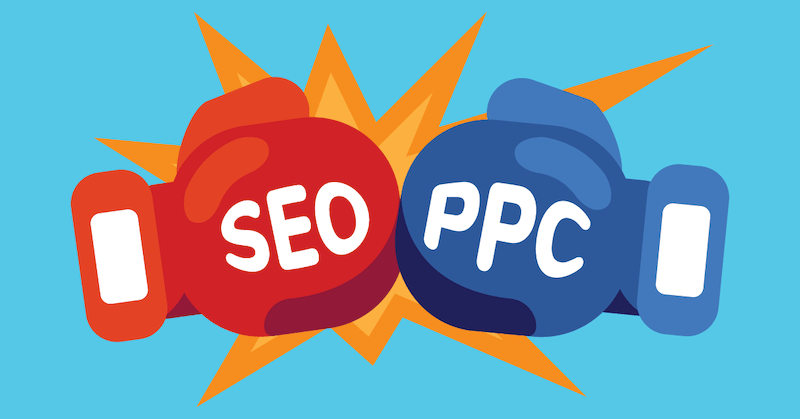
Combining PPC and SEO strategies offers a powerful approach to maximizing online visibility. While PPC provides immediate results, SEO builds a sustainable foundation for long-term growth.
The digital marketing landscape is continually evolving, and staying ahead requires a balanced, integrated approach. By leveraging the strengths of both PPC and SEO, businesses can achieve greater visibility, higher traffic, and improved ROI.
For digital marketers looking to optimize their online presence, the key lies in harmonizing PPC and SEO strategies. Start with thorough keyword research, invest in quality content, and continuously monitor and adjust your campaigns. Explore the potential of integrating PPC and SEO to drive your business forward.

